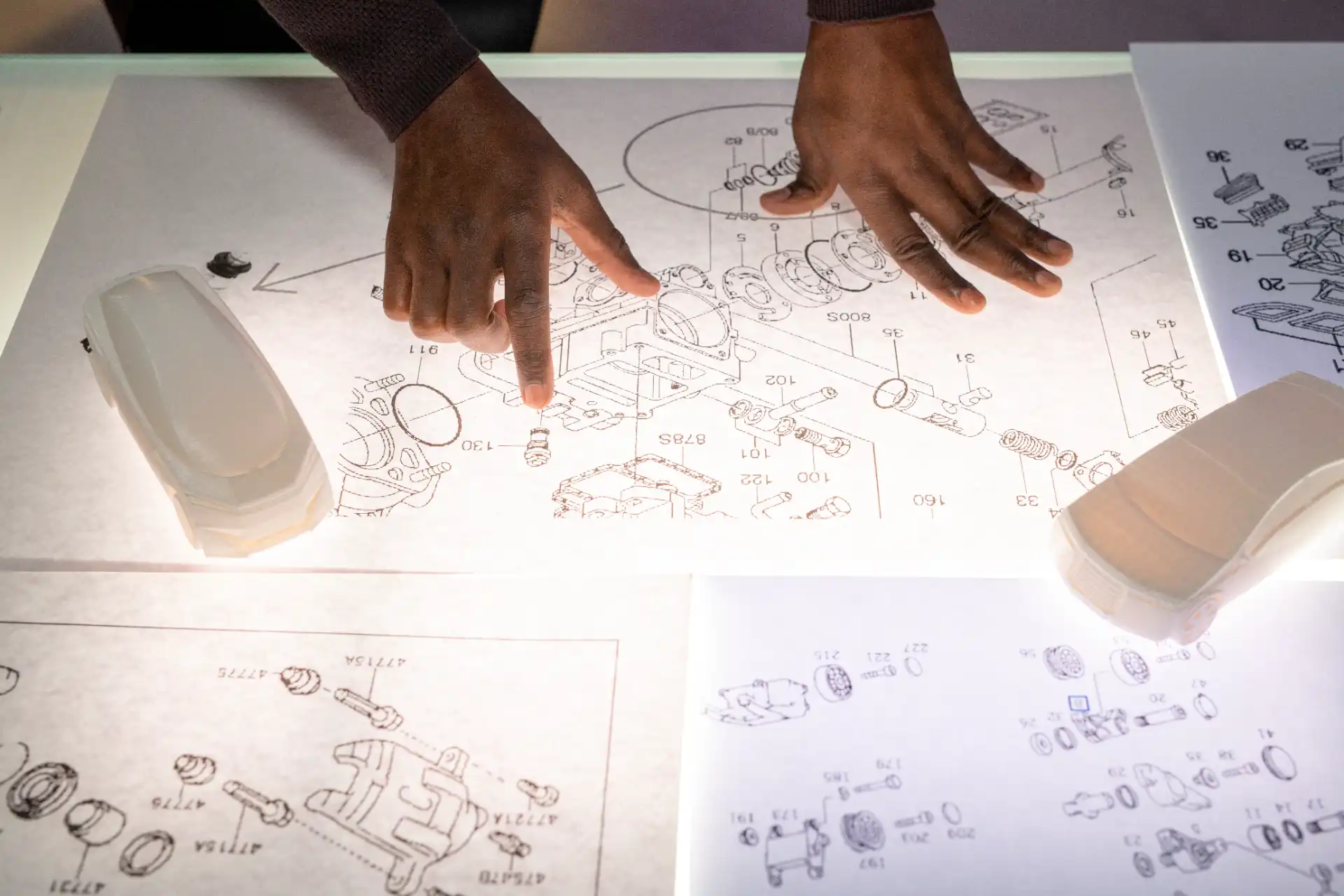Define Design Patent: What It Covers and Why It Matters
If you’re working on a product that stands out visually, it’s time to consider design patent protection. But first—how do we define design patent? What does it actually protect, and how is it different from a utility patent?
This post breaks down what a design patent is, when you should use it, and why it’s a vital tool in your intellectual property toolkit.
What Is a Design Patent?
A design patent protects the ornamental appearance of a product. It does not cover function or how the item works. Instead, it focuses entirely on the visual elements—shape, configuration, surface decoration, or overall look.
To define design patent clearly: it’s a legal right granted by the USPTO that prevents others from copying or using your product’s visual design without permission.
What a Design Patent Covers
Design patents protect the way an article looks, not what it does. Specifically, the following visual features may be protected:
- Shape and contour of the product
- Surface ornamentation (such as patterns or textures)
- Configuration or combination of elements in a visual layout
For example, if you’ve created a chair with a never-before-seen curved backrest and stylish legs, a design patent could protect that exact look from being copied.
What It Does Not Cover
Design patents don’t protect how a product works. If someone creates a product that looks different but functions the same way, your design patent won’t stop them. To protect functionality, you’d need a utility patent.
That’s why many companies file for both design and utility patents on a single invention.
Examples of Design Patents
Some of the world’s most recognizable products are protected by design patents. Here are a few examples:
- The shape of the Coca-Cola bottle
- The look of Apple’s iPhone and AirPods
- Unique high-heel shoe designs
- Distinctive packaging for luxury cosmetics
These companies know that product appearance matters—and protecting it creates brand value.
Benefits of a Design Patent
Design patents offer several strategic advantages, especially in consumer-facing industries:
- Affordable protection: Lower filing and legal fees compared to utility patents
- Fast approval: Typically granted faster than utility patents
- Enforceable rights: Gives you legal grounds to stop copycats
- Brand identity: Protects the distinctive look that sets your product apart
When to Apply for a Design Patent
You should consider filing a design patent when your product’s appearance plays a key role in consumer decisions or brand recognition.
Good candidates include:
- Consumer electronics (headphones, smartwatches)
- Household goods (lamps, coffee makers)
- Fashion and accessories (handbags, eyewear)
- Packaging designs (bottles, boxes, wrappers)
If the visual design is what draws customers in—or sets you apart from competitors—filing for a design patent should be part of your launch strategy.
Design Patent Application Process
Applying for a design patent involves submitting the following to the United States Patent and Trademark Office (USPTO):
- High-quality drawings or renderings of the design from multiple angles
- A specification describing the design
- Filing forms and application fees
The USPTO examines your application for originality, ornamentation, and non-functionality. If approved, your design patent lasts for 15 years from the date it’s granted.
Want an official breakdown? Visit the USPTO design patent guide.
How It Compares to Utility Patents
Design and utility patents complement each other, but protect different things. Here’s a comparison:
| Aspect | Design Patent | Utility Patent |
|---|---|---|
| Protects | Appearance | Functionality |
| Term | 15 years | 20 years |
| Filing Cost | Lower | Higher |
| Maintenance Fees | None | Yes |
If you’re unsure which one fits your invention, learn more in our article design vs utility patent differences.
Common Mistakes to Avoid
When filing for a design patent, avoid these common errors:
- Submitting poor-quality drawings: Incomplete or unclear visuals will get your application rejected.
- Trying to protect function: Save that for a utility patent—design patents must focus purely on appearance.
- Delaying the application: If you disclose your design publicly before filing, it may no longer qualify for patent protection.
Conclusion
Now that you know how to define design patent protection, you can make smarter decisions about securing your product’s appearance. A design patent is more than just paperwork—it’s a competitive shield that guards your brand’s identity and market presence.
From industrial design to packaging and consumer electronics, if the look of your invention matters, a design patent might be your best legal investment.
